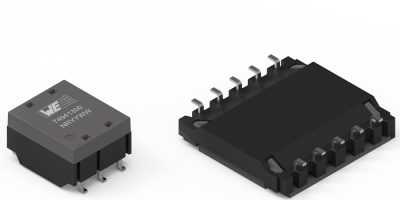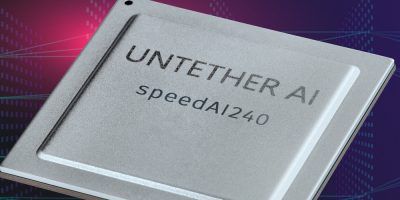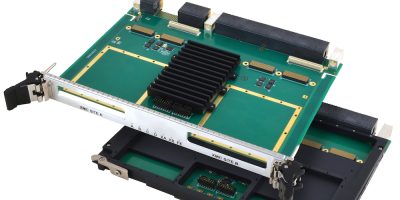Signal transformers with galvanic isolation of 4,300V DC / one minute and high operating voltage of up to 1,000V DC are part of the WE-BMS components for battery management systems by Würth Elektronik.
The WE-BMS series components also include at least one common-mode choke to filter common-mode interference. Würth Elektronik claimed its design offers longer physical creepage than comparable products on the market despite their size. The low-profile models, for example are available with heights of 3.45mm.
The transformers are optimised for battery management systems, primarily to ensure reliable operation and provide information about the charging status. The individual cells of a battery pack are connected in series, as are the downstream battery management system controllers. Voltage differences and electromagnetic interference (EMI) may occur between series-connected components or boards. To counter this, the WE-BMS transformer isolate components and suppress EMI. Applications include storage systems for solar installations or uninterrupted power supplies (UPS). The WE-BMS series is AEC-Q200-qualified, and is therefore suitable for energy storage in e-mobility applications, such as e-bikes and e-scooters. WE-BMS supports a variety of interfaces, including serial daisy chain, isoSPI and SPI.
The transformers are designed for the extended operating temperature range of -40 to +125 degrees C. The components are available from stock in various sizes, ranging from 7.6 x 9.5 x 5.5mm to 15.1 x 15.4 x 3.45mm. There is no minimum order quantity. In addition, Würth Elektronik provides free samples for engineers.
Würth Elektronik eiSos Group is a manufacturer of electronic and electromechanical components for the electronics industry and a technology company. Würth Elektronik eiSos says it is one of the largest European manufacturers of passive components and is active in 50 countries. Production sites are in Europe, Asia and North America.
The company’s product range includes EMC components, inductors, transformers, RF components, varistors, capacitors, resistors, quartz crystals, oscillators, power modules, wireless power transfer, LEDs, sensors, connectors, power supply elements, switches, push-buttons, connection technology, fuse holders and solutions for wireless data transmission.
Würth Elektronik is part of the Würth Group, specialising in assembly and fastening technology.







